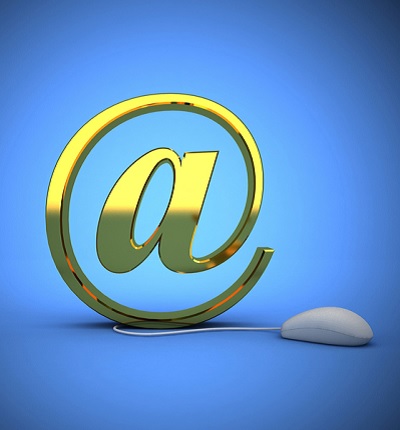Store email messages in the project folder!
Article#: 00045
Date: 2020-12-24
Author: Radim

During a project, it may be necessary to find out what has happened so far.
Reading the project diary and email history can be very helpful.
It is beneficial to save email messages with their attachments in the project folder on the company server.
Since the other documents (Word documents, Excel spreadsheets, PowerPoint presentations, CAD drawings, PDFs, etc.) related to the project are stored in the project folder on the company server, email messages should also be placed there.
You no longer have to constantly switch between the file explorer for regular documents and the email client for email messages.
Storing emails as individual files on the company server is an effective archiving solution.
You can view emails using Windows Explorer.
You can control user access with file system permissions.
Anyone who has access to the server drive can access the email messages stored there so that the emails are well shared by team members.
You can do the full text search with the Windows search function for the saved files.
You can move emails between multiple computers as a copy on a USB memory stick.
You can quickly check the latest project-relevant messages in one place.
One email (e.g. printed as a PDF file) and all associated attachments should be saved in a folder.
The name of the folder can look for example like this:
DateAndTimeStamp - Subject - (Sender)
Whenever someone in the company sent an email, he should save the email with its attachments onto the server.
When someone in the company received an email from outside and is the first addressed person from the company, he should save the email with its attachments onto the server.
© Radim-Automation, 2020–2025. All rights reserved.
Sharing of this article is permitted with proper attribution (link to the original page).
Related previous articles:
- I can see what you can not see
- Write a project diary!
- Keep the answers to the question "Why"
- Everything is difficult until it becomes easy
- Introduce the terminology and standardize it!
- Realize every good idea ASAP!
- Get and stay in the flow!
- Stay alert!
- What does the customer need?
- Ask questions!
- Assign tasks efficiently!
- Request bottom-up input!
- Communication skills are extremely important
- Don't replace employees in the middle of the project!
- Develop a sense of responsibility!
- Recruit and retain the best employees!
- Get the things done with a small, motivated team!
- Focus on target!
- Think on paper!
- 9 women can't make a baby in a month
- Understand - Agree - Be Identified - Believe
- Don't hide any problem!
- Check the result!
- Don't leave a work package half-finished!
- Good communication is important
- Transparency and reliability
- From an idea to a consistent system
Related next articles:
- Do you really want to start with this?
- Write down your best practices and processes!
- Appoint a representative!
- Who knows it?
- Write and accept only readable code!
- Project leader
- Learn from your journey!
- Documentation issues
- Keep the documentation up to date throughout the project
- Keep everything you need together
- An irreplaceable employee
- The false illusion of rapid progress
Comment#: 00001
Date: 2022-03-23
User: Radim
"Whenever someone in the company sent an email, he should save the email with its attachments onto the server..."
⇒ In order to make it easier to save the sent email on the server, it is a good practise that every email sent is automatically sent to the sender in a BCC copy as well. As a sender, you can quickly and easily find the email you have sent in your inbox as soon as it has been sent.
Comment#: 00002
Date: 2024-04-09
User: Radim
Proper storage of information is crucial for efficient work and easy and quick access at a later date.
A good archiving structure and discipline helps to maintain clarity and structure in the working environment, which contributes to the productivity and success of the project as a whole.
It is therefore important to pay sufficient attention to where and how information is stored and to follow appropriate archiving and organization procedures.